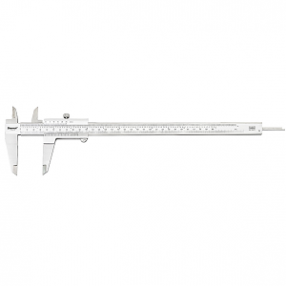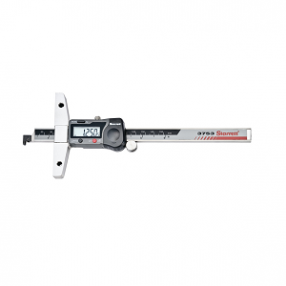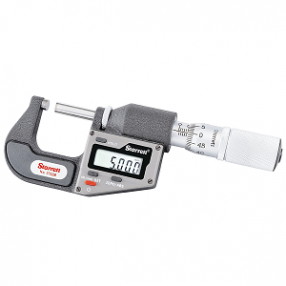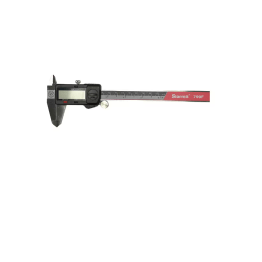Digital Calipers
EVA Electronic Digital Caliper (0-200mm / 0-8 inch) - IC-EC799BF-8-200
Product code: IC-EC799BF-8-200
$269.00
AUD + GST
$295.90
AUD Inc. GST
$3,639.50
AUD + GST
$4,003.45
AUD Inc. GST
$3,319.70
AUD + GST
$3,651.67
AUD Inc. GST
$2,559.50
AUD + GST
$2,815.45
AUD Inc. GST
$2,349.20
AUD + GST
$2,584.12
AUD Inc. GST
$2,219.10
AUD + GST
$2,441.01
AUD Inc. GST
$2,029.40
AUD + GST
$2,232.34
AUD Inc. GST
$1,929.20
AUD + GST
$2,122.12
AUD Inc. GST
$1,849.80
AUD + GST
$2,034.78
AUD Inc. GST
$1,739.30
AUD + GST
$1,913.23
AUD Inc. GST
$1,699.00
AUD + GST
$1,868.90
AUD Inc. GST
$1,009.40
AUD + GST
$1,110.34
AUD Inc. GST
$1,049.70
AUD + GST
$1,154.67
AUD Inc. GST
$699.20
AUD + GST
$769.12
AUD Inc. GST
$169.90
AUD + GST
$186.89
AUD Inc. GST
$149.20
AUD + GST
$164.12
AUD Inc. GST
$1,189.30
AUD + GST
$1,308.23
AUD Inc. GST
$1,359.70
AUD + GST
$1,495.67
AUD Inc. GST
$1,229.40
AUD + GST
$1,352.34
AUD Inc. GST
$3,199.40
AUD + GST
$3,519.34
AUD Inc. GST
$469.10
AUD + GST
$516.01
AUD Inc. GST
$469.90
AUD + GST
$516.89
AUD Inc. GST
$439.60
AUD + GST
$483.56
AUD Inc. GST
3201M-200 Dial Caliper, Hardened Stainless Steel, 0-200mm Range, .01mm Graduations
Product code: 3201M-200
$279.20
AUD + GST
$307.12
AUD Inc. GST
3201M-150 Dial Caliper, Hardened Stainless Steel, 0-150mm Range, .01mm Graduations
Product code: 3201M-150
$179.50
AUD + GST
$197.45
AUD Inc. GST
3202M-300 Dial Caliper, Hardened Stainless Steel, 0-300mm Range, .02mm Graduations
Product code: 3202M-300
$349.30
AUD + GST
$384.23
AUD Inc. GST

































